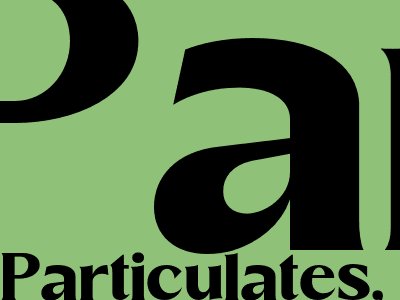
Airborne Particulates: A Public Health Concern in Eisenhüttenstadt
Understanding Particulate Matter
Particulate matter (PM) is a complex mixture of tiny particles that are suspended in the air. These particles can come from a variety of sources, including vehicles, factories, and power plants. PM is classified based on its size: PM10 refers to particles that are 10 micrometers or less in diameter, while PM2.5 refers to particles that are 2.5 micrometers or less in diameter.
PM2.5 is of particular concern because these particles are small enough to be inhaled deeply into the lungs. Studies have linked exposure to PM2.5 to a range of health issues, including respiratory problems, heart disease, and cancer.
Air Pollution in Eisenhüttenstadt
Eisenhüttenstadt is a city in eastern Germany that has been struggling with air pollution for many years. The city is home to several large steel mills and other industrial facilities that emit significant amounts of PM into the air.
In 2019, the average annual concentration of PM10 in Eisenhüttenstadt was 24 micrograms per cubic meter (µg/m3), which exceeds the World Health Organization's (WHO) recommended limit of 20 µg/m3. The average annual concentration of PM2.5 in Eisenhüttenstadt was 12 µg/m3, which also exceeds the WHO's recommended limit of 10 µg/m3.
Health Impacts of Air Pollution in Eisenhüttenstadt
The high levels of air pollution in Eisenhüttenstadt have had a significant impact on the health of the city's residents. Studies have linked exposure to air pollution in Eisenhüttenstadt to an increased risk of respiratory problems, heart disease, and cancer.
In one study, researchers found that people who lived in Eisenhüttenstadt had a 20% higher risk of developing lung cancer than people who lived in less polluted areas. Another study found that people who lived in Eisenhüttenstadt had a 15% higher risk of developing heart disease than people who lived in less polluted areas.
Reducing Air Pollution in Eisenhüttenstadt
There are a number of steps that can be taken to reduce air pollution in Eisenhüttenstadt. These include:
- Investing in cleaner technologies at industrial facilities
- Promoting public transportation and walking
- Encouraging the use of renewable energy sources
- Planting trees and other vegetation
Conclusion
Air pollution is a serious public health concern in Eisenhüttenstadt. The high levels of particulate matter in the air have been linked to an increased risk of respiratory problems, heart disease, and cancer. There are a number of steps that can be taken to reduce air pollution in Eisenhüttenstadt, and it is important for the city to take action to protect the health of its residents.